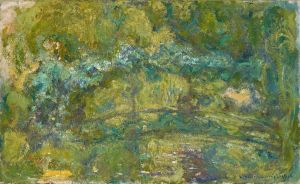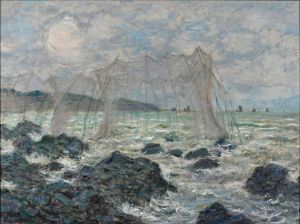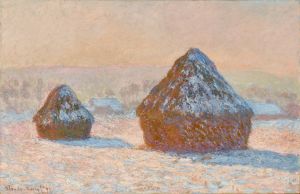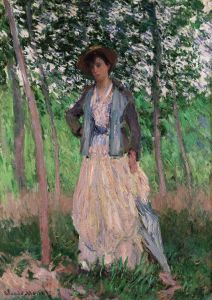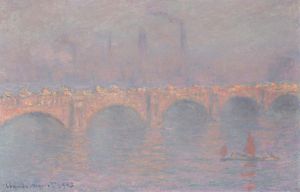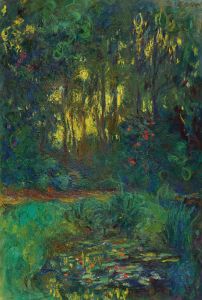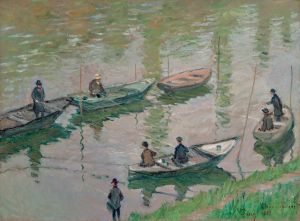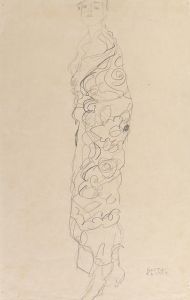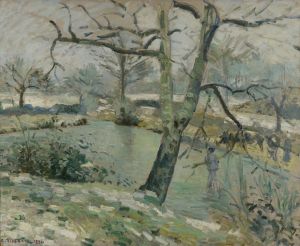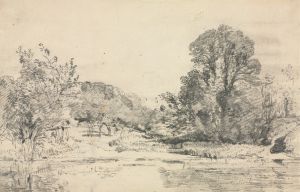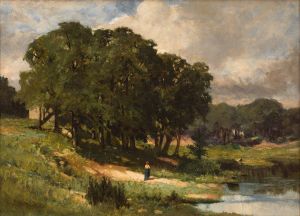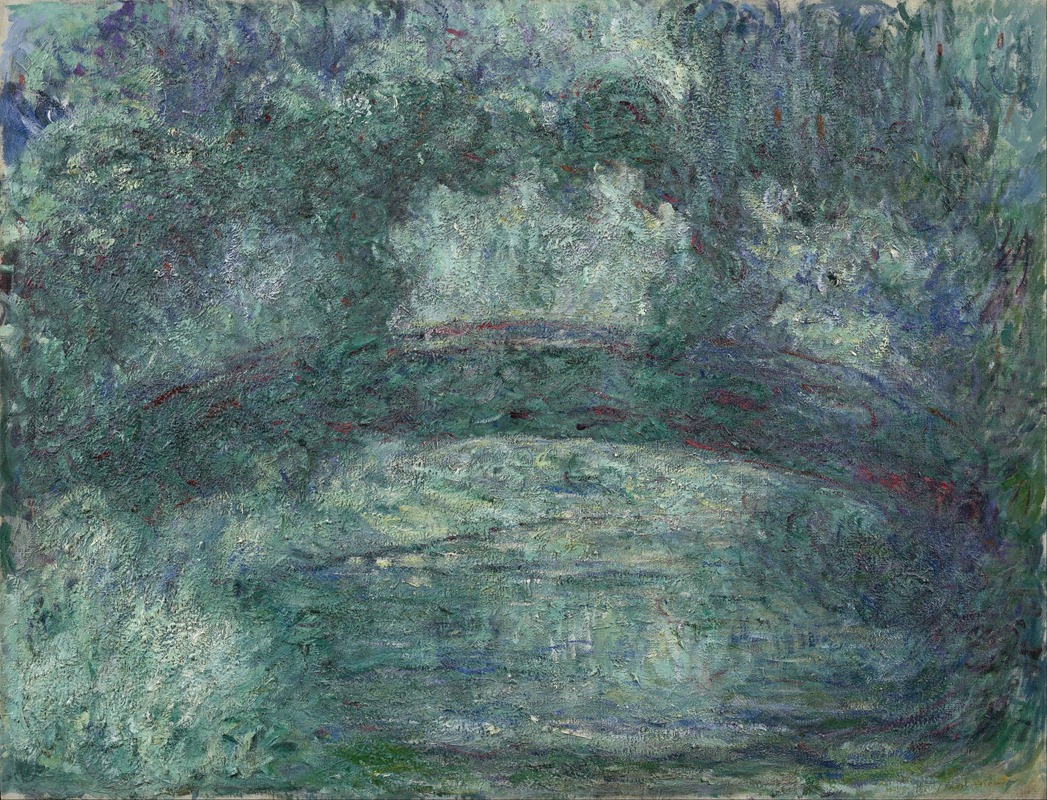
The Japanese bridge
A hand-painted replica of Claude Monet’s masterpiece The Japanese bridge, meticulously crafted by professional artists to capture the true essence of the original. Each piece is created with museum-quality canvas and rare mineral pigments, carefully painted by experienced artists with delicate brushstrokes and rich, layered colors to perfectly recreate the texture of the original artwork. Unlike machine-printed reproductions, this hand-painted version brings the painting to life, infused with the artist’s emotions and skill in every stroke. Whether for personal collection or home decoration, it instantly elevates the artistic atmosphere of any space.
Claude Monet, a leading figure in the Impressionist movement, created a series of paintings featuring a Japanese bridge located in his garden at Giverny, France. Among these, "The Japanese Bridge" is one of the most celebrated works, showcasing Monet's fascination with the interplay of light, color, and nature.
Monet moved to Giverny in 1883, where he meticulously designed and cultivated a garden that included a water lily pond and a Japanese-style wooden bridge. This garden became a central source of inspiration for Monet, particularly in his later years. The Japanese bridge, with its elegant arch and reflection in the water, became a recurring motif in his artwork.
"The Japanese Bridge" series, painted between 1899 and 1924, captures the bridge at different times of the day and in various seasons, highlighting Monet's interest in capturing the transient effects of light and atmosphere. The paintings are characterized by their vibrant use of color and loose brushwork, which are hallmarks of the Impressionist style.
In these works, Monet often focused on the reflections in the water, the play of light on the surface, and the surrounding flora, including the iconic water lilies. The bridge itself, though a central element, often serves as a framework through which Monet explored these natural phenomena. The series reflects Monet's shift towards a more abstract representation of nature, as he became increasingly interested in the effects of light and color rather than precise details.
Monet's health began to decline in the early 1900s, and he developed cataracts, which affected his vision and, consequently, his painting style. This condition may have influenced the increasingly abstract and bold use of color in his later works, including some of the Japanese bridge paintings. Despite these challenges, Monet continued to paint, driven by his passion for capturing the beauty of his garden.
The Japanese bridge paintings are housed in various museums and collections worldwide, including the Musée d'Orsay in Paris and the National Gallery of Art in Washington, D.C. These works are celebrated not only for their aesthetic beauty but also for their contribution to the development of modern art. Monet's exploration of light and color in these paintings paved the way for future artistic movements, such as Abstract Expressionism.
Monet's "The Japanese Bridge" series remains a testament to his enduring legacy as a pioneer of Impressionism and his lifelong dedication to capturing the ephemeral beauty of nature. Through these paintings, viewers are invited to experience the tranquility and harmony of Monet's garden, as well as his innovative approach to art that continues to inspire artists and art lovers alike.





